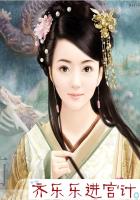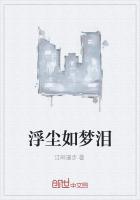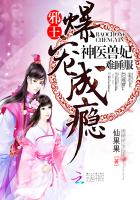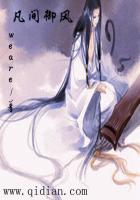From peers to populace mankind turns out to witness it. Nor are these occasions few. Spring in the Far East is one long chain of flower fetes, and as spring begins by the end of January and lasts till the middle of June, opportunities for appreciating each in turn are not half spoiled by a common contemporaneousness. People have not only occasion but time to admire. Indeed, spring itself is suitably respected by being dated conformably to fact. Far Orientals begin their year when Nature begins hers, instead of starting anachronously as we do in the very middle of the dead season, much as our colleges hold their commencements, on the last in place at on the first day of the academic term. So previous has the haste of Western civilization become. The result is that our rejoicing partakes of the incongruity of humor. The new year exists only in name. In the Far East, on the other band, the calendar is made to fit the time. Men begin to reckon their year some three weeks later than the Western world, just as the plum-tree opens its pink white petals, as it were, in rosy reflection of the snow that lies yet upon the ground. But the coldness of the weather does not in the least deter people from thronging the spot in which the trees grow, where they spend hours in admiration, and end by pinning appropriate poems on the twigs for later comers to peruse. Fleeting as the flowers are in fact, they live forever in fancy. For they constitute one of the commonest motifs of both painting and poetry.
A branch just breaking into bloom seen against the sunrise sky, or a bough bending its blossoms to the bosom of a stream, is subject enough for their greatest masters, who thus wed, as it were, two arts in one,--the spirit of poesy with pictorial form.
This plum-tree is but a blossom. Precocious harbinger of a host of flowers, its gay heralding over, it vanishes not to be recalled, for it bears no edible fruit.
The next event in the series might fairly be called phenomenal.
Early in April takes place what is perhaps as superb a sight as anything in this world, the blossoming of the cherry-trees. Indeed, it is not easy to do the thing justice in description. If the plum invited admiration, the cherry commands it; for to see the sakura in flower for the first time is to experience a new sensation.
Familiar as a man may be with cherry blossoms at home, the sight there bursts upon him with the dazzling effect of a revelation.
Such is the profusion of flowers that the tree seems to have turned into a living mass of rosy light. No leaves break the brilliance.
The snowy-pink petals drape the branches entirely, yet so delicately, one deems it all a veil donned for the tree's nuptials with the spring. For nothing could more completely personify the spirit of the spring-time. You can almost fancy it some dryad decked for her bridal, in maidenly day-dreaming too lovely to last.
For like the plum the cherry fails in its fruit to fulfil the promise of its flower.
It would be strange indeed if so much beauty received no recognition, but it is even more strange that recognition should be so complete and so universal as it is. Appreciation is not confined to the cultivated few; it is shown quite as enthusiastically by the masses.
The popularity of the plants is all-embracing. The common people are as sensitive to their beauty as are the upper classes. Private gratification, roseate as it is, pales beside the public delight.
Indeed, not content with what revelation Nature makes of herself of her own accord, man has multiplied her manifestations. Spots suitable to their growth have been peopled by him with trees.
Sometimes they stand in groups like star-clusters, as in Oji, crowning a hill; sometimes, as at Mukojima, they line an avenue for miles, dividing the blue river on the one hand from the blue-green rice-fields on the other,--a floral milky way of light. But wherever the trees may be, there at their flowering season are to be found throngs of admirers. For in crowds people go out to see the sight, multitudes streaming incessantly to and fro beneath their blossoms as the time of day determines the turn of the human tide.
To the Occidental stranger such a gathering suggests some social loadstone; but none exists. In the cherry-trees alone lies the attraction.
For one week out of the fifty-two the cherry-tree stands thus glorified, a vision of beauty prolonged somewhat by the want of synchronousness of the different kinds. Then the petals fall.
What was a nuptial veil becomes a winding-sheet, covering the sod as with winter's winding-sheet of snow, destined itself to disappear, and the tree is nothing but a common cherry-tree once more.













